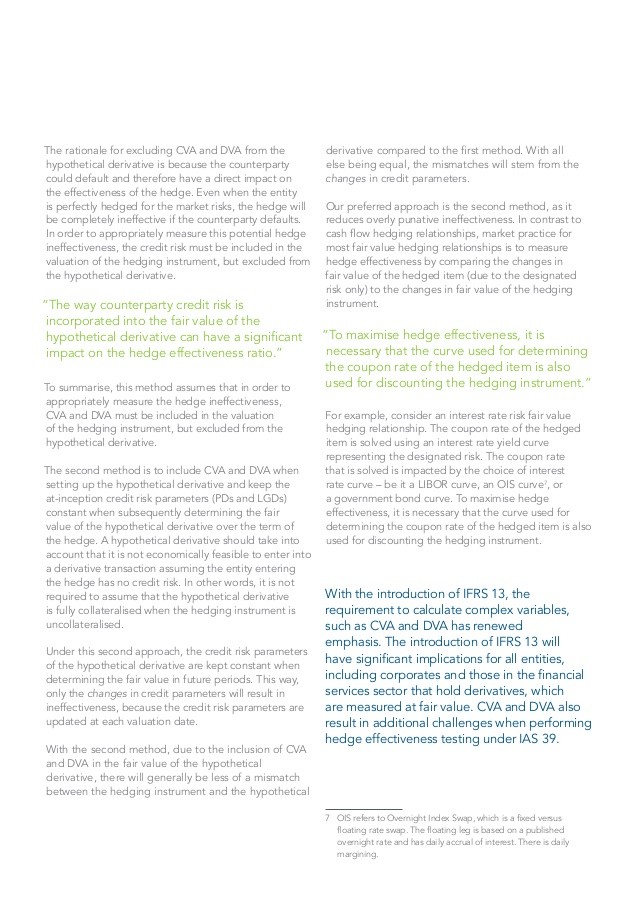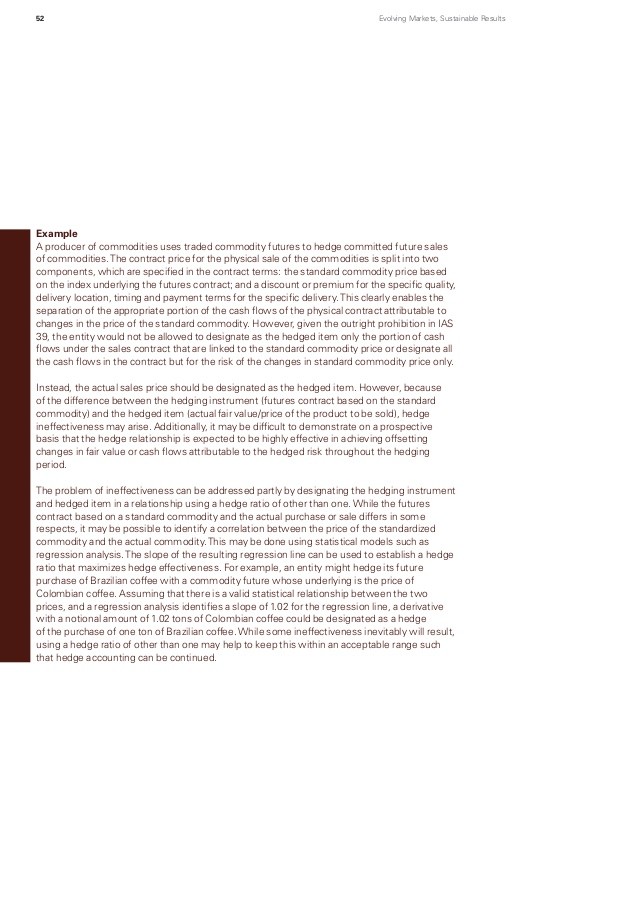Cash Flow Hedges Have Accounting Implications
Post on: 13 Май, 2015 No Comment

Advertisement
Hedging and key risk management principles have become mainstream financial tools for many pork producers as they look to manage the risks associated with buying grain and selling hogs.
Hedging is an investment to reduce the risk of adverse price movements in an asset. Derivative contracts, such as futures, forwards, puts and calls are now a part of everyday operations as lenders encourage producers to implement risk management strategies.
A futures contract is a financial contract obligating the buyer to purchase an asset (or the seller to sell an asset), such as a physical commodity or a financial instrument, at a predetermined future date and price.
Option contracts, such as puts and calls, give a buyer the right, but not the obligation, to purchase an asset (or the seller to sell an asset) at a predetermined future date and price.
While risk management is considered a necessity from an economic standpoint, it can be a bit of a nightmare from an accounting and financial reporting perspective. But no matter how frightening it may be, understanding how the use of risk management tools affects your financial statements can make a significant impact on your reported earnings. This is especially pertinent as financial statements are being more scrutinized by lenders and potential investors.
Many pork production companies use derivatives for economic hedge purposes to manage the cash flows of purchasing feed supplies and managing hog sales prices. The accounting can vary based on the type of transaction, the financial instrument used and the final decision about whether or not to use hedge accounting. From a financial reporting perspective, these cash flow hedges are accounted for as purchase commitments, derivative contracts not electing hedge accounting and derivative contracts electing hedge accounting. Each is summarized below:
- Purchase commitments
Typically, a pork producer purchases grain with either a fixed price or fixed amount with a grain producer. But because there is typically no net cash settlement provision, these contracts are not recorded on your financial statements until the transaction occurs.
Because futures, puts and calls have fair value and markets at which to settle these contracts, they are required to be marked to market. If hedge accounting has not been elected, the unrecorded gain or loss on these contracts is required to be marked to market with the offset to the net change in the contract value flowing through the income statement. This can cause wide swings in the income statement when commodity markets change dramatically, as we saw in 2008. While this method can result in significant fluctuations in the income statement, this method requires substantially less documentation and testing for effectiveness than hedge accounting, as discussed below.

When contracts are selected for hedge accounting, these contracts are still required to be marked to market. However, the unrealized gain or loss will be reported through other comprehensive income (a part of stockholder’s equity), instead of the income statement. The gain or loss is not reflected on the income statement until the underlying hedged transaction is complete.
In reality, for pork producers, this income statement effect will not happen immediately. Since this will first change the value of the grain fed to the hogs, it will not truly affect the income statement until these hogs are sold.
Formally, the following documentation and testing are required to qualify for hedge accounting:
“At inception of the hedge, there is formal documentation of the hedging relationship and the entity’s risk management objective and strategy for undertaking the hedge, including identification of the hedging instrument, the hedged transaction, the nature of the risk being hedged, and how the hedging instrument’s effectiveness in hedging the exposure to the hedged transaction’s variability in cash flows attributable to the hedged risk will be assessed.” (Statements of Financial Accounting Standards 133, paragraph 28) .
Continue on Page 2
In addition, the “company” must test the derivative used to hedge the risk for effectiveness at each reporting period. The hedge ineffectiveness can be thought of as a time when the derivative is not perfectly correlated with the fair value (or variable cash flow) changes of the hedged item. Any ineffectiveness should be reflected in earnings at that time.
If current cash flow and business economics do not change, some may wonder why they would elect hedge accounting at all. One reason is that it helps to keep the monthly roller coaster of commodity values from affecting the income statement. Another key benefit is for companies that are subject to debt covenants with net income as a part of the covenant.
The fluctuations in the market value and related impact on the income statement, if a hedge account is not elected, can generate potential risks to compliance with these covenants. Electing hedge accounting allows those companies to manage those risks, in addition to managing the economic risks as a part of the entire risk management process.
Before choosing any method of risk management, make sure you discuss your strategy with your broker, accountant and those who utilize your financial statements to ensure you have considered all issues that may arise from the selection of these methods.
T.J. Boyle, CPA, is a FROST, PLLC audit manager who specializes in accounting-related services for the animal agriculture industry. He can be reached at tboyle@frostpllc.com .














